When you are working in an industrial environment, you have to deal with many types of gases around the premises. Not just an industry, gases are everywhere, and are even dealt with in domestic areas. This is the reason why gas detection is necessary to address, and so, gas detectors play a very important role in this purpose. Often, we think that a gas detector can detect only a single gas, but this is not the case.
Multi-gas detectors are also available, which help to detect multiple gases with a single unit. But, you should know in general, which types of gases are usually detected by such multi-gas detectors. In this post, we will see what type of gases a typical multi-gas detector identifies and measures.
What is a multi-gas detector?
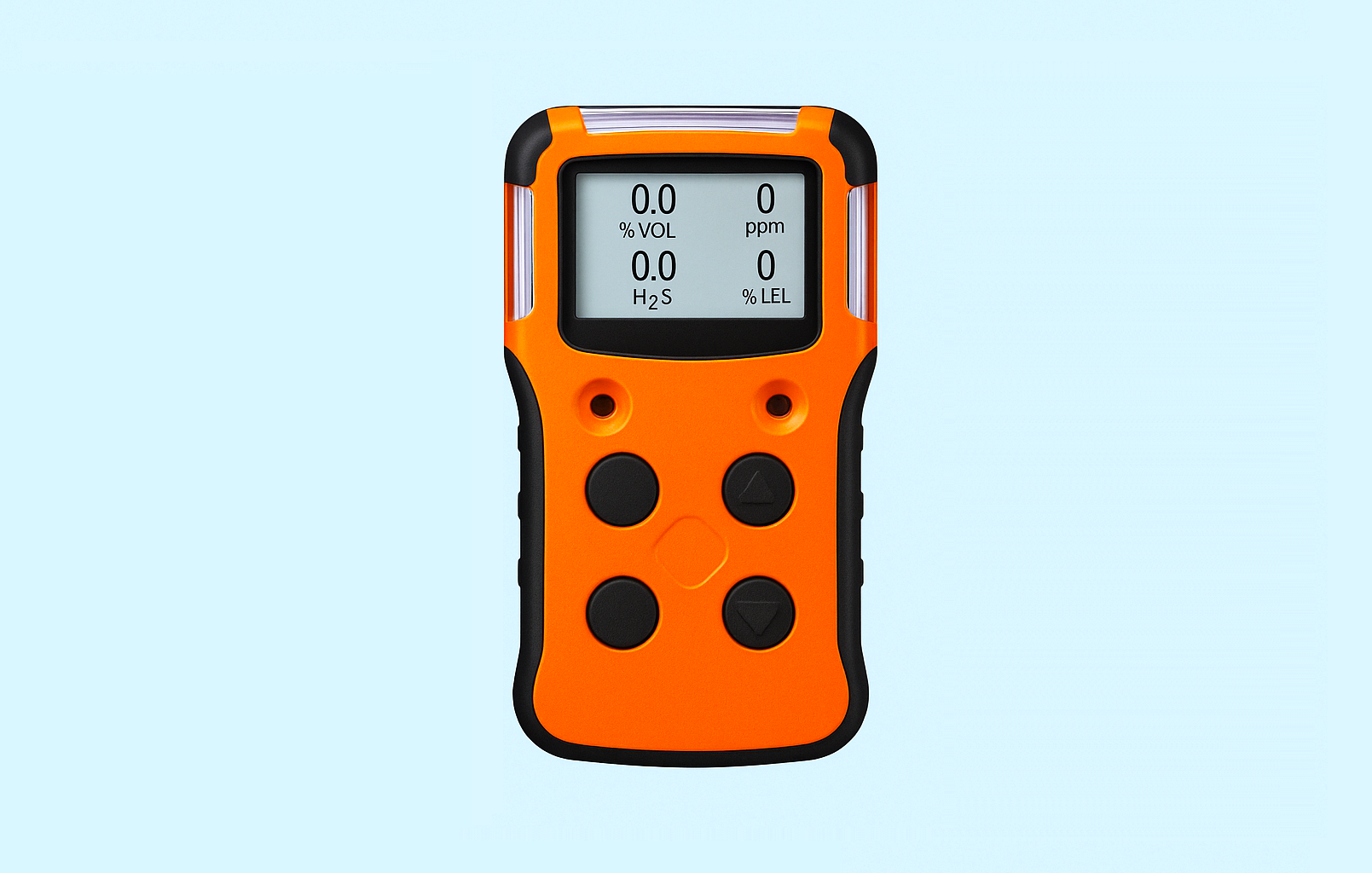
First of all, let us understand what a multi-gas detector is. As the name implies, the multi-gas detector is an instrument that is used to measure and show the values of various gases present in an environment, with only a single unit. This unit can be fixed or portable. It is used in environments where there are proofs of various types of gases present in a single area, which is not great for working or living.
The gases can be hazardous, non-hazardous, toxic, or combustible. Be it any, if it is found that any multiple one is not suitable for the environment, then a multi-gas detector helps in this cause to detect and take preventive action timely manner, instead of using separate gas detectors for them. Its working is pretty simple – the air will enter the detector (either by pulling through an internal pump or just passively in a natural way), which will then be sensed by sensors inside.
Based on its reaction with the gases (using methods like electrochemical reaction, gas diffusion, chemical reaction, or nondispersive infrared), the proportion of the gas will be known, which will be indicated on the display of the detector by converting this proportion into electrical signals inside.
Before using the multi gas detector, check the following criteria – environmental specifications, whether it complies with safety regulations, how many gases it will detect in one go, the sensor technology used inside, monitor display type, IP rating, maintenance conditions, and what features and connectivity it provides for higher level users like PLC.
One thing to note is that different gases require different sensor technologies. So, a multi-gas detector will have various types or even the same type of technology embedded inside, depending on the gases it will measure.
What can a typical multi-gas detector monitor?
Let us now break down the types of gas categories that a multi-gas detector can detect:
1. Acid and corrosive gases
- Nitrogen dioxide
- Phosphine
- Hydrogen Chloride
Electrochemical reaction sensor technology is used mostly for these gases.
2. Volatile Organic Compounds (VOC) gases
- Benzene
- Xylene
- Ethanol
Photoionization sensor technology is used mostly for these gases.
3. Oxygen gases
Electrochemical reaction sensor technology is used mostly for these gases.
4. Toxic gases
- Carbon Monoxide
- Hydrogen Sulphide
- Ammonia
- Sulphur Dioxide
- Chlorine
Electrochemical reaction technology is used mostly for these gases.
5. Combustible gases
- Methane
- Hydrogen
- Butane
- Propane
Catalytic bead or infrared technology is used mostly for these gases.
A typical multi-gas detector can monitor and analyze up to a maximum of 5-6 gases. This makes it handy in place of using single detectors for all six types. It will be cheaper and not bulkier in size, which makes it easy to carry and requires less maintenance. But if the unit fails, then the whole of your activity will be stopped. Also, with a single unit, you can customize your application. So, every method has its own pros and cons, which all depend on your requirements and budget.
In this way, we saw what types of gases are covered in a typical multi-gas detector.
Read Next:
- Importance of Fire System
- End of Line (EOL) Resistor Purpose
- Fire System Loop Checks Procedure
- Fire Dampers in Fire Protection
- Sensor Technologies in Gas Detector
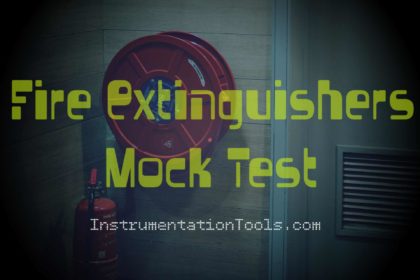
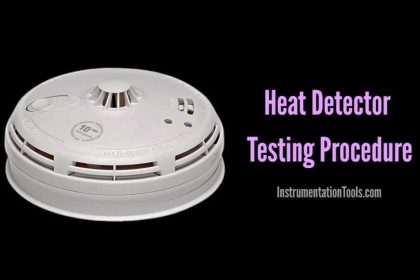
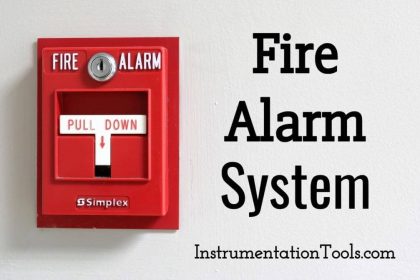
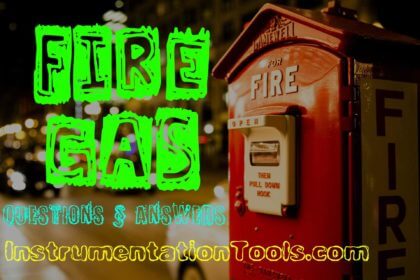
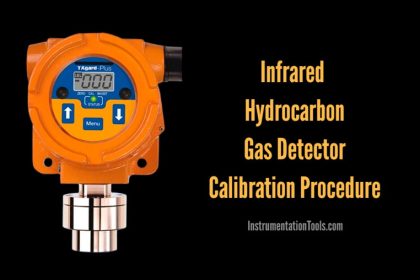
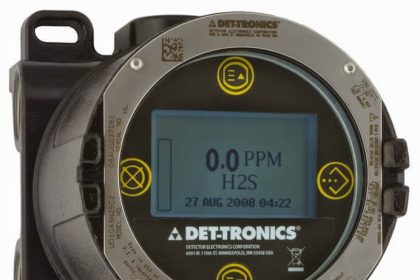
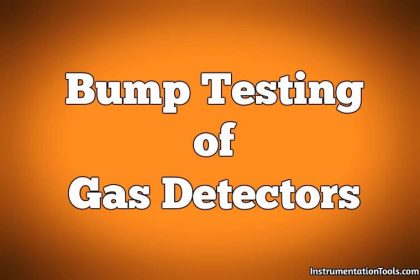


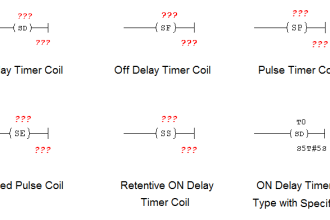
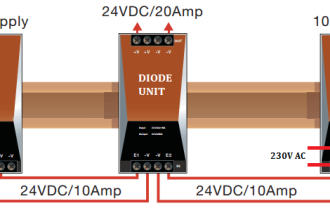
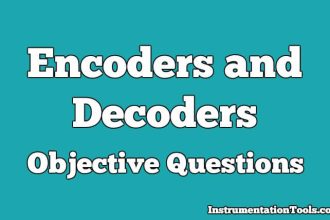
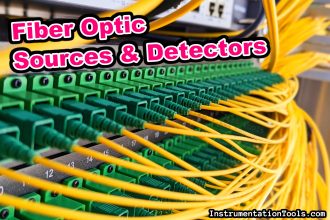




very nice app to understand the Instrumentation